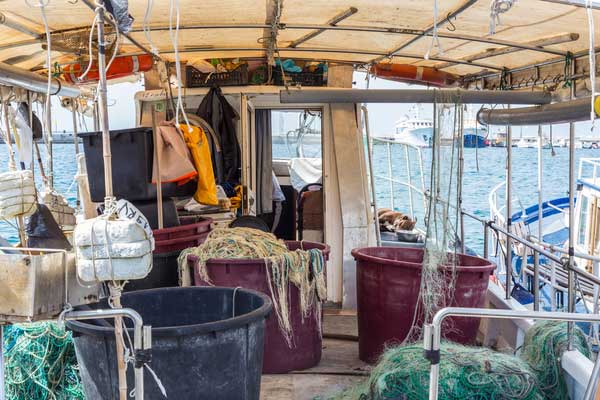New Guinea, a vast island split between Papua New Guinea and Indonesia, is home to the towering Central Cordillera range. These peaks, despite their proximity to the equator, produce snow that nourishes the island’s rivers and coastal mangrove forests, vital for marine life. The marine ecosystem in the area, known as the Arafura Sea, is rich and productive but faces significant challenges, primarily stemming from industrial fishing practices and the looming threat of deep-sea mining.

The Tragedy of Overfishing
The Arafura Sea, shared by Indonesia and Australia, was historically one of the world’s most productive fisheries. However, lax regulation and enforcement on the Indonesian side led to rampant illegal fishing, with 85% of vessels over 50 gross tons operating without licenses. Meanwhile, Australia’s North, despite its proximity to the Arafura Sea, had a limited fishing industry, mainly due to high costs and competition from Indonesia.
The Shark-Finning Dilemma
Australia’s coastal waters are a sanctuary for sharks due to strict regulations against shark finning. In contrast, shark hunting is rare in Australia. Poachers from Indonesia venture into Australian waters, catching sharks for their valuable fins, which can fetch high prices in Asian markets. The unsustainable practice threatens shark populations, and the challenges of patrolling vast and remote areas make enforcement difficult.
The Dark Fleets and International Overfishing
China, home to the world’s largest fishing fleet, has been a major player in the global problem of overfishing. Its distant-water fleet not only overexploits its own waters but also fishes in foreign and contested territories, often in violation of international regulations. Chinese vessels have been caught fishing in North Korean waters, contributing to the depletion of fish stocks and conflicts with neighboring countries.
Deep-Sea Mining: A Looming Threat
The ocean’s depths hide valuable resources, including polymetallic nodules containing metals like manganese, zinc, cobalt, copper, and nickel. Deep-sea mining has the potential to meet growing demand for these metals, critical for green technologies like electric car batteries and wind turbines. However, it also poses environmental risks, including habitat destruction and the release of stored carbon.
Conclusion
The oceans face an existential threat from industrial fishing, overfishing, and the looming prospect of unregulated deep-sea mining. International agreements like the Treaty of the High Seas seek to address these issues, but their effectiveness depends on enforcement and cooperation among nations. To ensure the long-term health of our oceans and their vital resources, global action and responsible management are essential.
